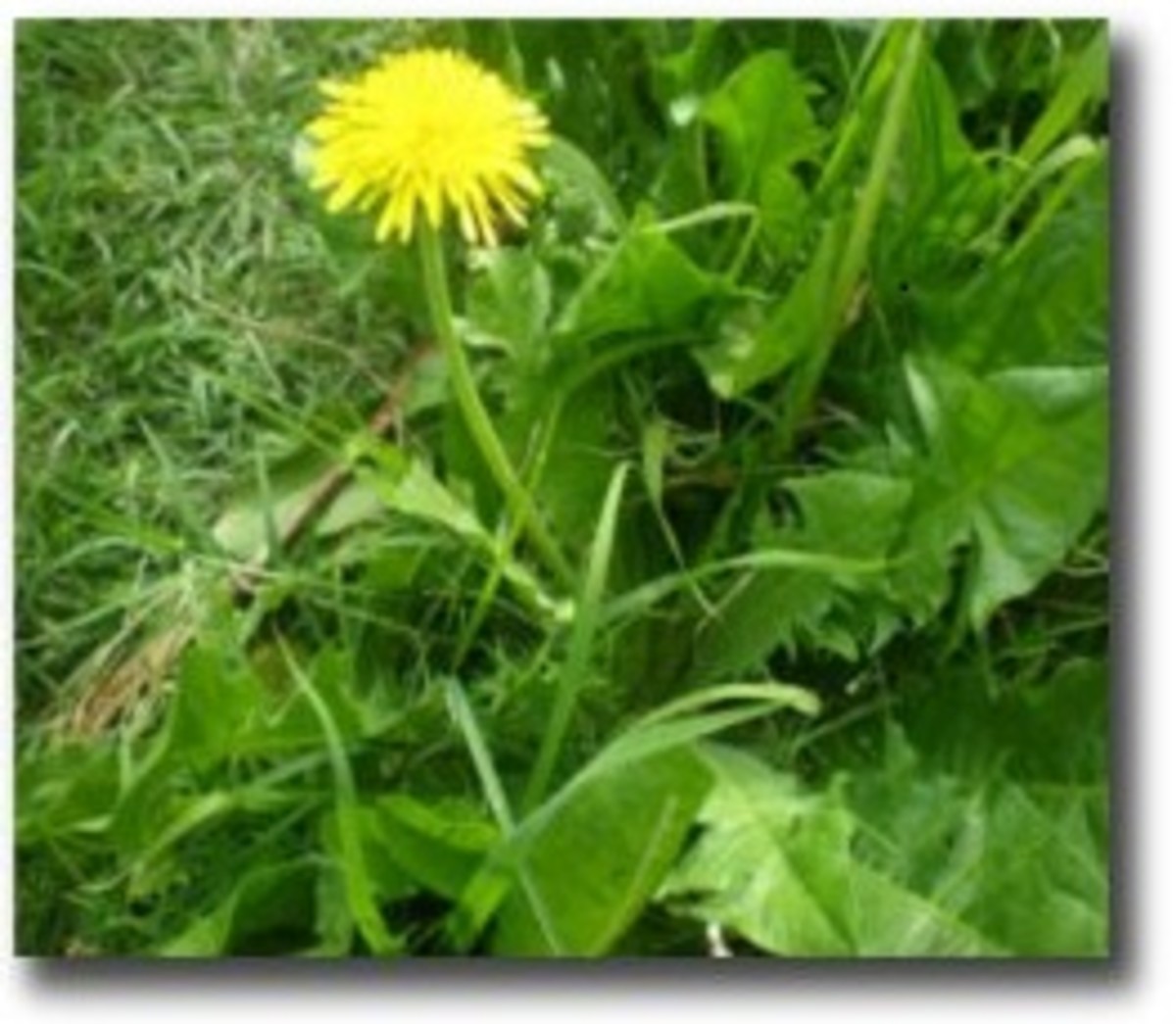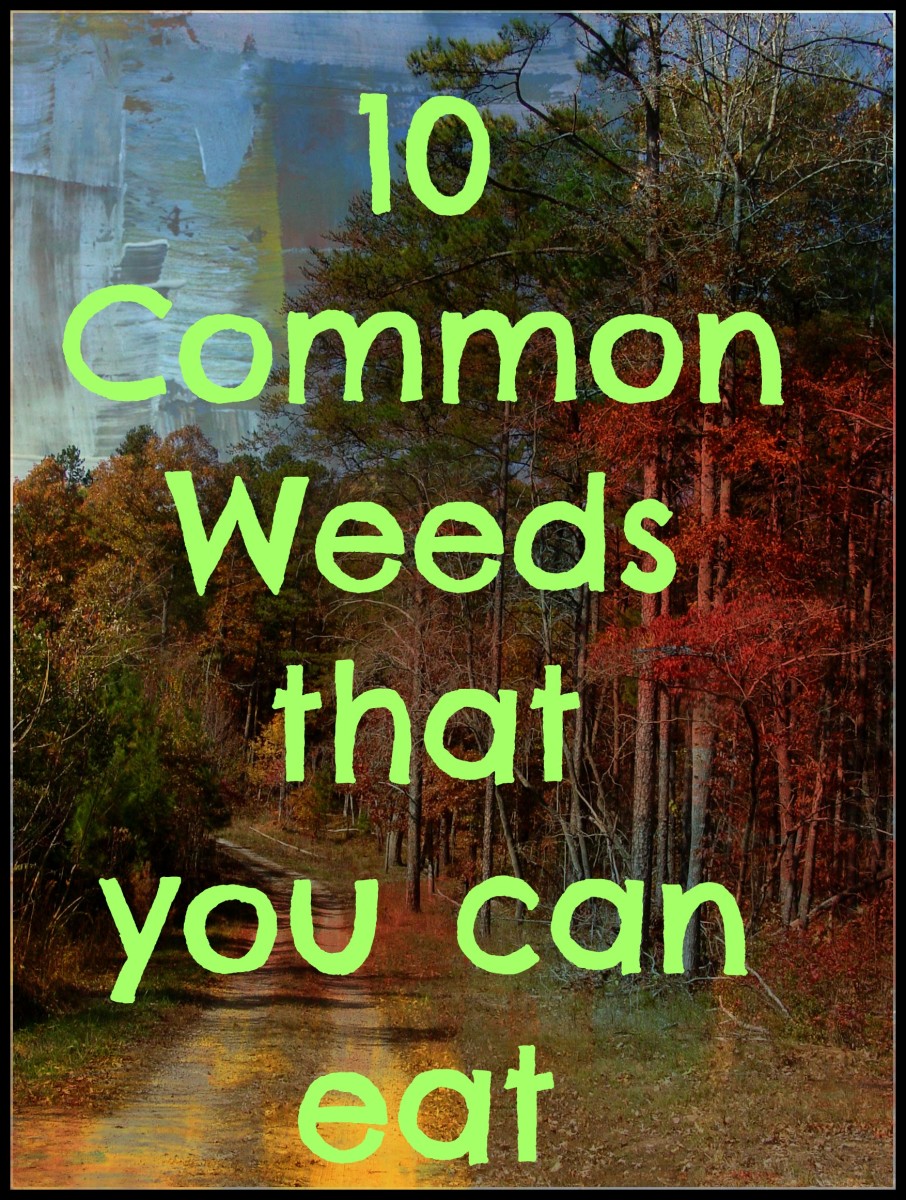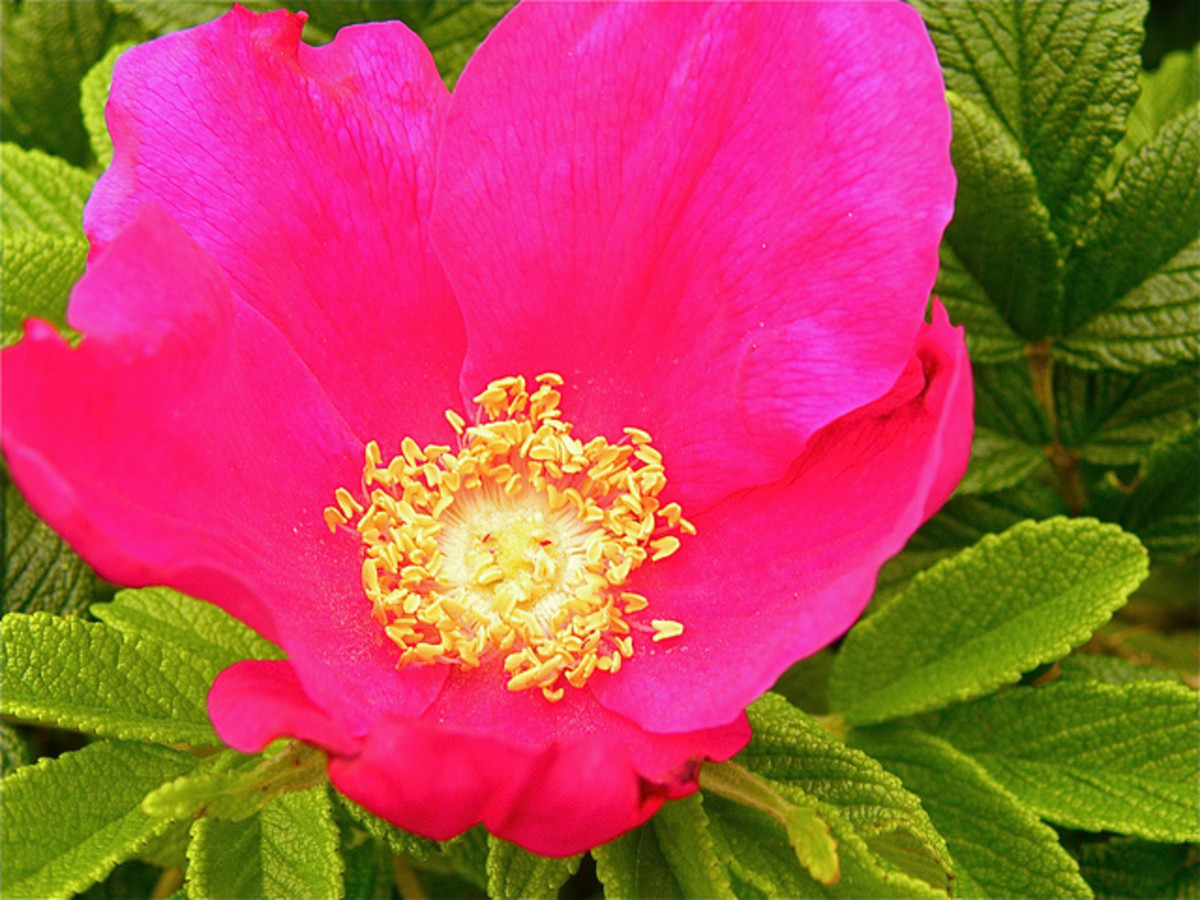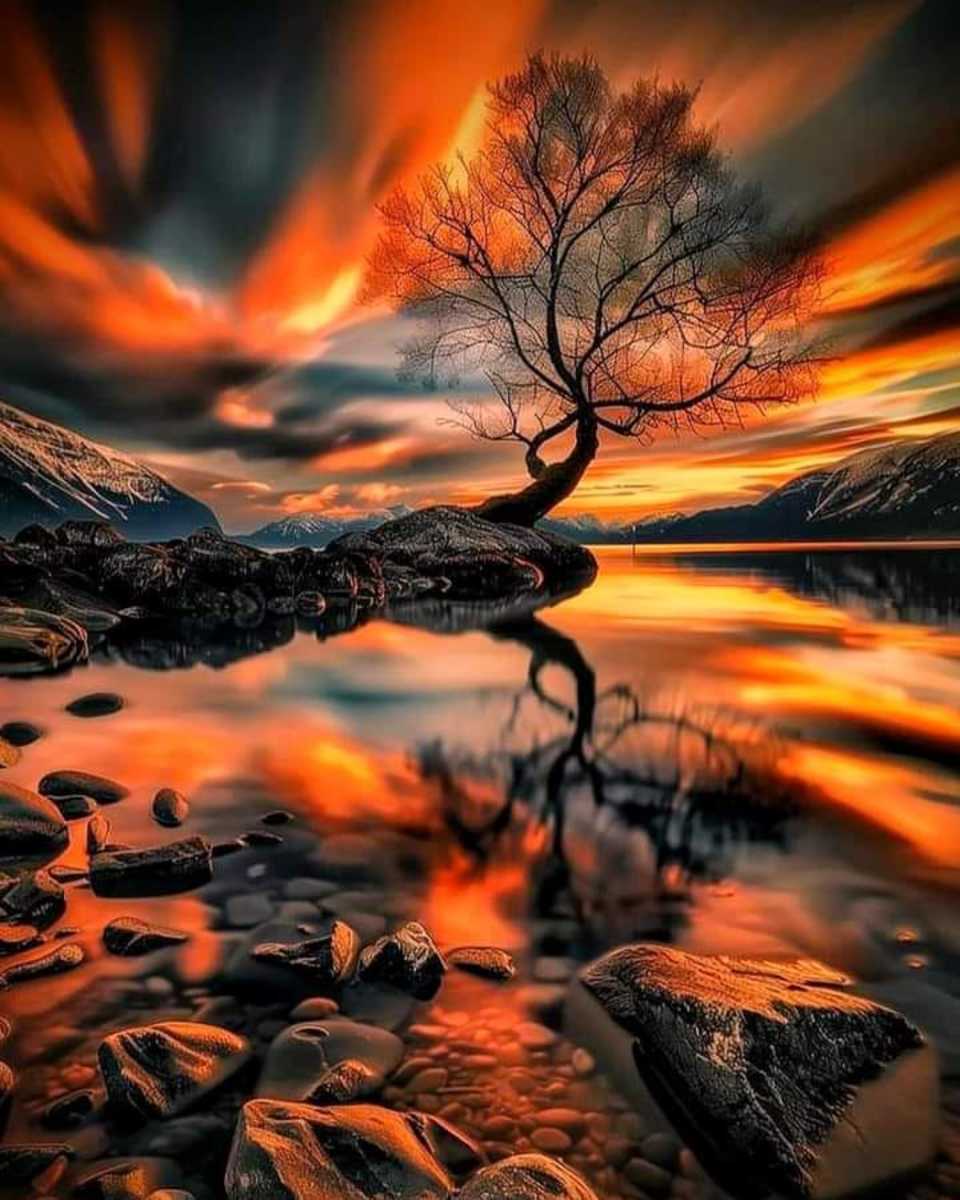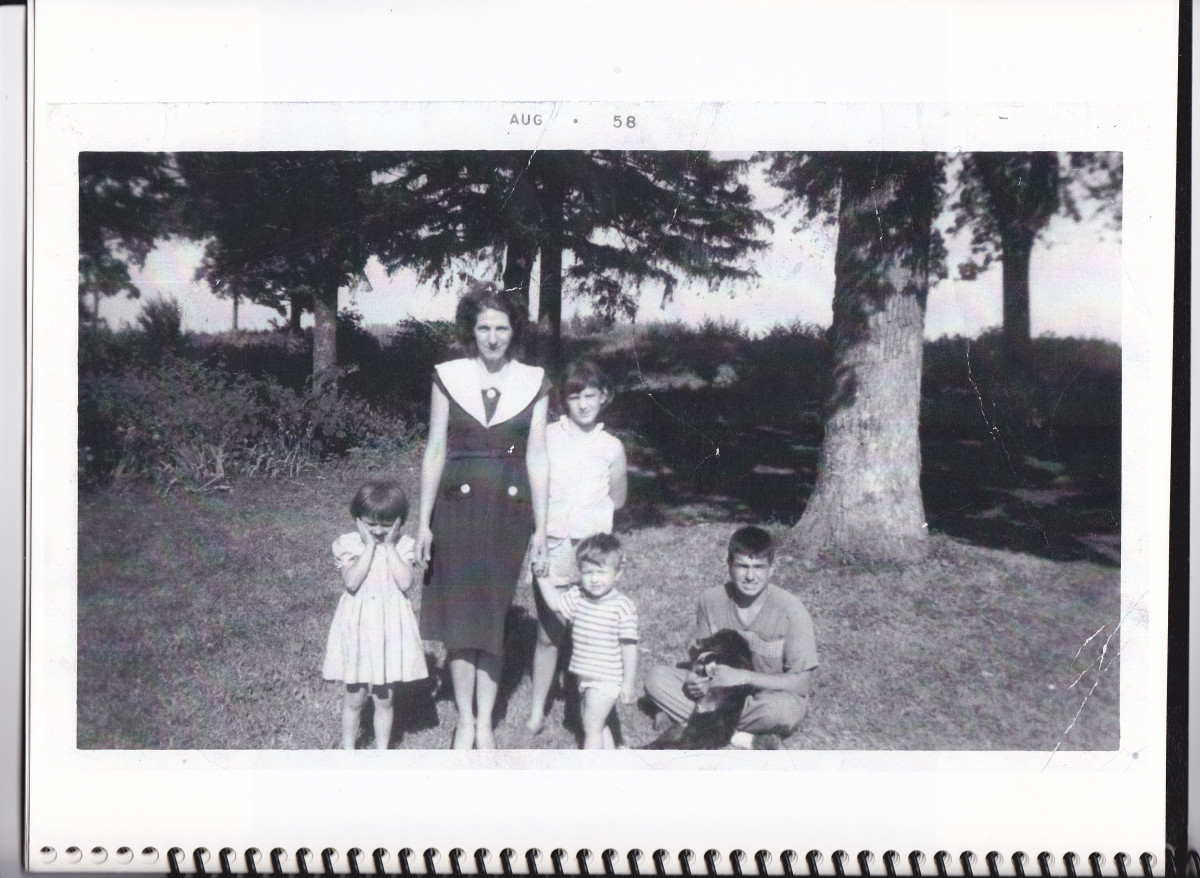Flowers With Thorns
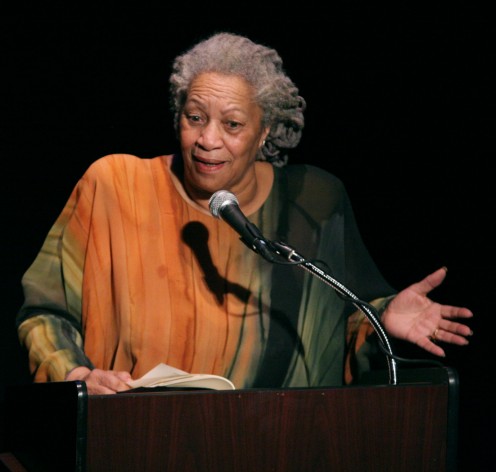
When reading "The Bluest Eye” by Toni Morrison one is confronted many times with the images of common flowers. Even the author calls these flowers “weeds” as she notes their commonality (Morrison 47). However, the story’s main focus seems to be that of African Americans in poor social conditions. Therefore a question arises; wherein is the import of simple flowers that can seemingly be found just about anywhere? To appropriately analyze this previous question, one simply needs to look for what the mentioned “weeds” (Morrison 47) have meant to other people and how these collective symbolisms might relate to the story of people living through rough times.
One could first attempt to decipher the image of the marigold. Early in “The Bluest Eye” this aforementioned plant is described. The reader soon finds that, apparently, “there were no marigolds in the fall of 1941” (Morrison 5). For one to conclude why these plants will not grow, one must decide what one should accept the interpretation of the symbolism to be.
For those practitioners of the Sanatan Dharma, marigolds can be a flower related to prayer, worship, and the divine (Prasad 315). Is it not then possible to conclude that the absence of the marigold would represent an absence of goodness or righteousness?
Further, the marigold is an interesting and time-honoured flower. One poet of the Elizabethan era expresses the significance of the marigold as the “[o]nl[y]” flower among all other flowers to “close at night” (Coatalen 559). The mentioned poet also makes note that the marigold “is open to our sight” throughout the day (Coatalen 559). Light is a major symbol of knowledge and righteousness throughout the world. One may decide that the marigold represents something fundamentally good and even righteous. An absence of the marigolds in “The Bluest Eye” is yet again confirmed to be a lack of those things which are good in the lives of Morrison’s characters.
After one has determined what the marigold represents in Morrison’s story, one should continue to the next object of evaluation. The dandelion is at times a major point of focus in “The Bluest Eye”. But, is the dandelion a “weed” or a “pretty” flower (Morrison 47)?
The dandelion is often seen as both beautiful flower and a terrible nuisance. This dichotomy of the mentioned plant’s existence can be found not only in Morrison’s famous work (Morrison 47, 50), but in other pieces as well (Kington). Morrison’s story’s character begins by identifying the beauty of the dandelion (Morrison 47). However, the character soon states that these plants indeed “are weeds” (Morrison 50).
One could conclude from the given information that the dandelion is a relatively universal symbol of the two-sided coin-like nature of the individual. The dandelion could be thought to manifest images of something that is common yet pretty, useful yet despised, beautiful yet “ugly” (Morrison 50). Therefore, in this story’s context the dandelion represents the relatable aspects of the human being and applies them to a pained African American girl.
Toni Morrison’s novel “The Bluest Eye” is embedded with symbols. Among these symbols lies the dandelion and the marigold. Such symbolisms give Morrison’s great work far more depth than it potentially would have had otherwise. Regardless, the best items of art can not always be communicated in the entirety of their profundity even by said art’s creator. Art must be experienced; no words can fully explain to the blind the rays of the Sun.
Works Cited
Coatalen, Guillaume. Unpublished Elizabethan Sonnets in a Legal Manuscript from the Cambridge University Library.” The Review of English Studies, vol. 54, no. 217, 2003, pp. 553-565. New Series, www.jstor.org/stable/3661474.
Kington, Miles. “SAYING IT WITH FLOWERS ; ‘I’m Glad that Larousse was Brave enough to Adopt such a Lowly Flower as the Dandelion as its Symbol. it’s Easy to Forget how Glamorous it is’.” The Independent: 3. May 07 2002. ProQuest. Web. 25 Apr. 2017.
Morrison, Toni. The Bluest Eye, Design by Dorothy S. Baker, pp. ix-58. Vintage Books, 2007.
Prasad, Jonathon. “The Role of Hindu and Muslim Organizations during the 2006 Election.” From Election to Coup in Fiji: The 2006 Campaign and Its Aftermath, edited by Jon Fraenkel and Stewart Firth, ANU Press, 2007, pp. 315-336, www.jstor.org/stable/j.ctt24hbbn.35.
Have you ever read "The Bluest Eye"?
Have you read the book?
© 2019 Alexander James Guckenberger

